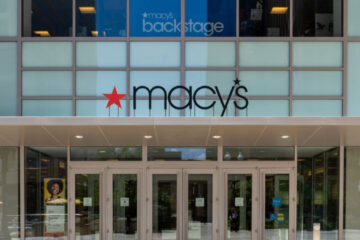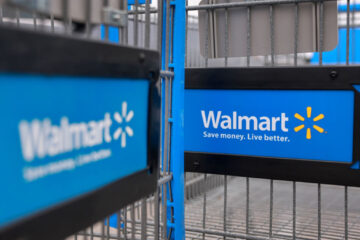Gen Z’s earnings are expected to reach $2 trillion by 2030, but for now they mostly rely on their parents for their spending money. Here is where there are spending that money.
Some things never change.
Gen Z teenagers that don’t have the responsibilities they will inherit in the coming years are spending their money like… teenagers without responsibilities.
Members of Generation Z were born after 1996, meaning the oldest of that the oldest of that Generation are about 25 years old.
Gen Z makes up just over 20% of the U.S. population, according to Statista.
Marketers have been targeting teens for generations as the money kids have to spend has increased over the decades.
In 2018, Millennial Marketing predicted that Gen Z would become the largest generation of consumers by 2020. At the time they accounted for between $29 billion and $143 billion in direct spending. That number doesn’t include the $127 billion their parents spend on them, according to some estimates.
Meanwhile a study from Oxford Economics suggests that Gen Z earnings will reach $2 trillion by 2030.
Gen Z spends a lot of time in front of screens with four and a half hours daily devoted to mobile devices and another three and a half hours devoted to laptops, according to Global Web Index.
Piper Sandler’s Picture of Gen Z
Investment bank Piper Sandler recently released the results of its 43rd semi-annual Taking Stock With Teens Survey.
The survey of 7,100 U.S. teens received regional responses of 45% from the South, 22% from the West, 21% from the Midwest and 12% from the Northeast.
Teens self-reported spending rose to $2,367, up 4% sequentially and 9% year over year, with parent contribution accounting for 60% of that total.
Females led the increase in spending, rising 9% year over year, led by a 15% increase in clothes spending and a 16% increase in footwear spending.
Upper-income teens made food spending their top priority, accounting for 22% share.
Beauty spending rose 10% year over year to $264 a year, led by a 33% increase in spending on fragrances. Of beauty care products, skincare held the highest priority with average annual spending of $107, followed by cosmetics at $94 and haircare at $90.
About 53% of the teens cited Amazon (AMZN) – Get Amazon.com, Inc. Report as their favorite e-commerce site, a decline of 3% from the previous year.
As 87% of teens reported having an iPhone, it makes sense that Apple Pay (AAPL) – Get Apple Inc. Report was the top ranked payment option. PayPal’s (PYPL) – Get PayPal Holdings, Inc. Report Venmo ranked second, with PayPal itself ranking fourth. Cash App was the third ranked payment option.
Gen Z Picks Winners and Losers
Now that we know what teens are spending their money on, the next question is which brands they prefer.
TikTok surpassed Snapchat (SNAP) – Get Snap, Inc. Class A Report as the most preferred social media platform with a 33% share. Snapchat held a 31% share, well ahead of Meta Platforms’ (FB) – Get Meta Platforms Inc. Class A Report third place Instagram with a 22% share.
Nike (NKE) – Get NIKE, Inc. Class B Report was the top apparel and footwear brand for teens. Nike’s footwear popularity rose 400 basis points year over year.
Crocs rose in popularity, climbing to the sixth most popular brand from eighth, while Vans lost 400 basis points in the footwear category among all teens and 600 basis point among upper-income teens.
Chic-Fil-A was the top restaurant choice, with Starbucks (SBUX) – Get Starbucks Corporation Report coming in second with an 11% share. Chipotle (CMG) – Get Chipotle Mexican Grill, Inc. Report was third after gaining 300 basis points and rising to an 8% share.
Teens are less interested in plant-based meat, with just 43% either consuming or willing to try it, compared to 49% in spring 2021.


